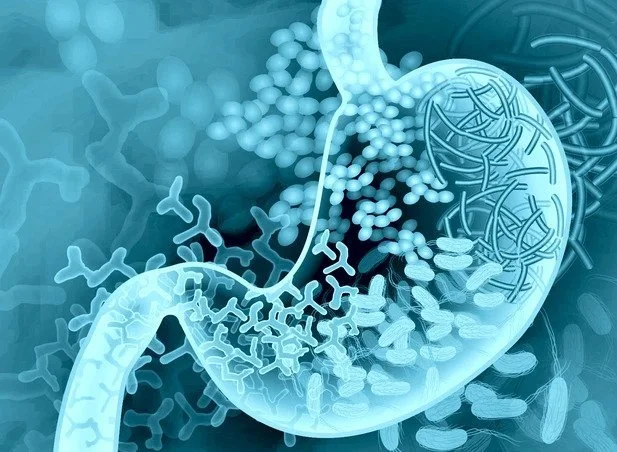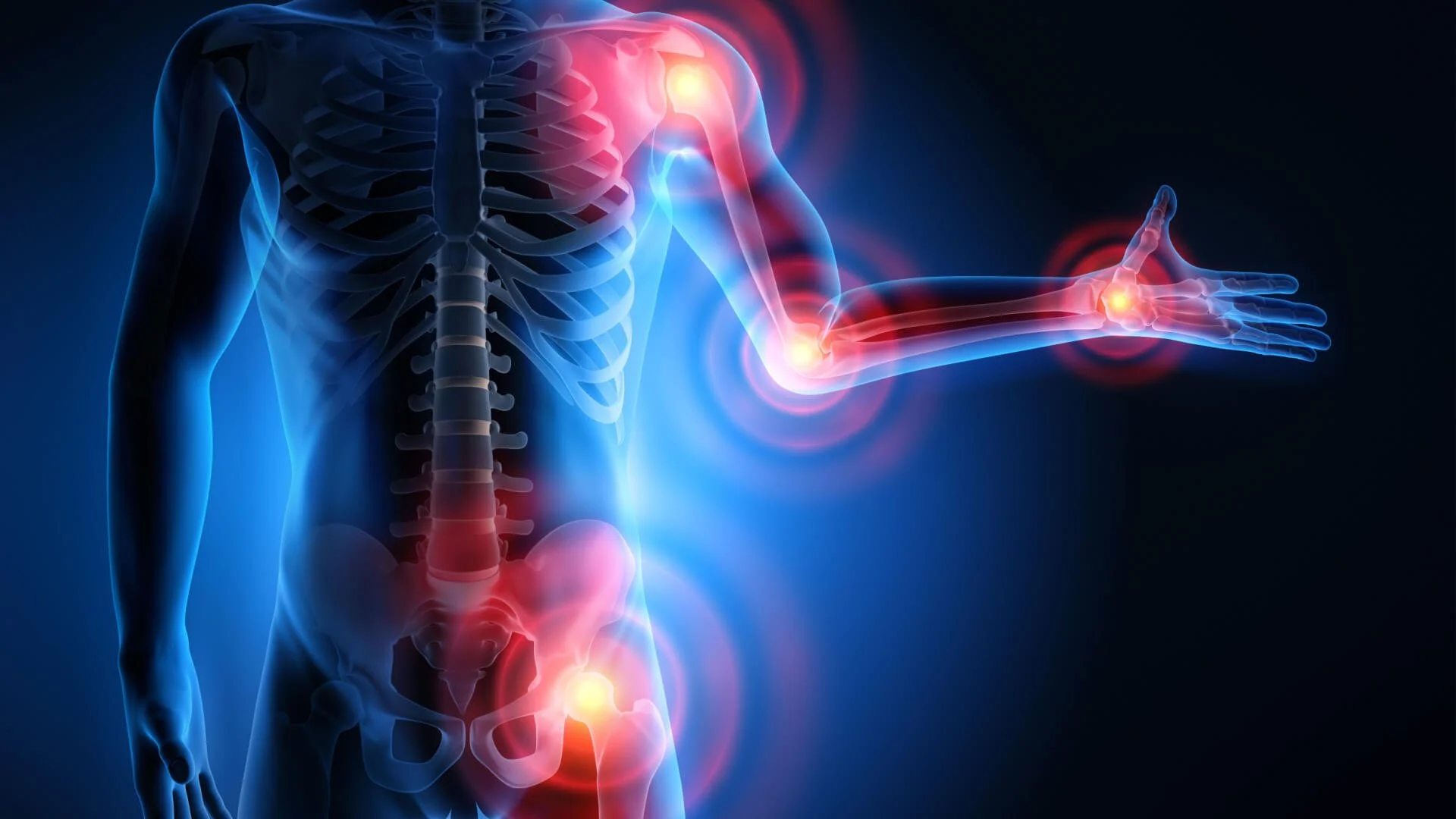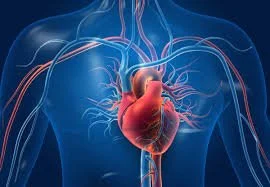
Pain Relief
Are you struggling with chronic pain that seems to have no end? For many in the Bay Area and beyond, chronic pain can be debilitating, affecting every aspect of daily life.
From nerve pain and joint issues to widespread muscular discomfort, there are solutions that don’t just mask the pain but help restore long-term balance and resilience.
Addressing chronic pain effectively requires understanding how these symptoms are interconnected and developing a comprehensive treatment approach.
Causes of Chronic Pain
Identifying the root causes of chronic pain is essential for effective, long-term relief. In many cases, chronic pain doesn’t stem from just one cause but from a combination of physical injuries, inflammation, emotional stress, lifestyle factors, and even genetic predisposition. Some primary contributors include:
Understanding Chronic Pain
Chronic pain is more than just prolonged discomfort. It often arises from complex interactions between physical, emotional, and even environmental factors. Patients with chronic pain can experience:
Persistent aches or burning sensations
Stiffness and limited mobility
Sleep disturbances
Fatigue
Mood changes, including anxiety and depression
Common conditions we treat at Dao Integrated Health include:
Fibromyalgia
Arthritis and joint pain
Neuropathy
Migraines and headaches
Temporomandibular joint (TMJ) pain
Back and neck pain
Functional Medicine and Chronic Pain
Functional medicine focuses on uncovering the underlying imbalances in the body that contribute to chronic pain. By assessing aspects such as inflammation, nutrition, hormone levels, and stress, functional medicine identifies potential root causes and helps to create a treatment plan customized to each patient’s needs. Some functional medicine approaches to managing chronic pain include:
Nutritional Support
Inflammatory foods and nutritional deficiencies can exacerbate chronic pain. Functional medicine encourages an anti-inflammatory diet that is high in fruits, vegetables, lean proteins, and omega-3 fatty acids, which can reduce inflammation and pain. Supplements like magnesium, vitamin D, and omega-3s are often recommended for their pain- relieving and muscle-relaxing benefits.
Hormone Balance
Functional medicine focuses on uncovering the underlying imbalances in the body that contribute to chronic pain. By assessing aspects such as inflammation, nutrition, hormone levels, and stress, functional medicine identifies potential root causes and helps to create a treatment plan customized to each patient’s needs.
The Microbiome
The health of your gut can play a surprising role in managing chronic pain. Research has shown that an imbalance in the gut microbiome can increase inflammation, which may exacerbate pain. Probiotic foods, prebiotic fibers, and, when necessary, microbiome- targeted supplements are often included in functional medicine treatment to restore gut health.
Acupuncture for Chronic Pain Relief
Acupuncture is a time-honored practice that offers a non-invasive way to relieve pain. By stimulating specific points on the body, acupuncture can help regulate the nervous system, increase blood flow, and release endorphins — the body’s natural painkillers. Here’s how acupuncture can support chronic pain relief:
Targeting Pain Pathways
Acupuncture helps activate the body’s pain-control mechanisms. It works by regulating neurotransmitters and modulating pain pathways, which can lower pain perception and provide significant relief for patients with conditions like fibromyalgia, arthritis, and sciatica.
Reducing Inflammation
Chronic inflammation is a common underlying factor in many pain conditions. Acupuncture has been shown to reduce levels of inflammatory markers, thereby helping to alleviate pain associated with inflammation-based conditions.
Circulation and Muscle Function
Acupuncture stimulates blood flow to painful or injured areas, which aids healing and reduces tension in muscles. This can improve mobility and function, particularly in areas affected by long-term pain or injury.







